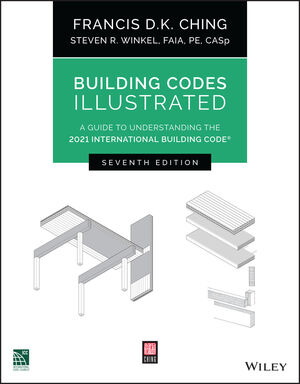University of Kansas to Bring Examination Into Curricula
The University of Kansas in Lawrence, KS, has been accepted to participate in an initiative that will enable students to complete requirements for architectural licensure while in school.
Spearheaded by the National Council of Architectural Registration Boards (NCARB), the initiative encourages accredited programs to incorporate the Intern Development Program (IDP), as well as the opportunity to take the Architect Registration Examination® (ARE®), into curricula. The University of Kansas is one of 14 programs accredited by the National Architectural Accrediting Board (NAAB) that has been accepted by NCARB to join the inaugural class, which includes M.Arch and B.Arch programs from across the country.
The initiative began in 2013 as a way to provide students with the flexibility to pursue licensure, while strengthening the relationship between academia and practice. Participating schools were selected by NCARB’s Licensure Task Force (LTF), a special committee composed of licensing board members, leadership of architectural organizations, practitioners, aspiring architects, educators, and members of the public. Through ongoing discussions among University of Kansas faculty, NCARB, and LTF members, the program was able to align its proposal to the requirements set forth by NCARB’s Request for Proposal.
“The architecture faculty at the School of Architecture, Design and Planning at the University of Kansas is excited to be part of NCARB’s integrated path to architectural licensure,” said department Chair Paola Sanguinetti, Ph.D. “Our mission is to provide our graduates with the educational foundation for exemplary professional practice and to prepare them to be critical thinkers and problem solvers who will serve their communities. This initiative will galvanize our partnership with the profession to help our students excel in their education and profession.”
NCARB has established a new Integrated Path Evaluation Committee (IPEC) to oversee the ongoing work of this initiative. The organization is also developing a series of digital conferences to facilitate collaboration between the 14 programs. Each program plans to implement the integrated path according to a schedule developed by their administration and faculty, with starting dates varying among schools.
Looking for a reprint of this article?
From high-res PDFs to custom plaques, order your copy today!







